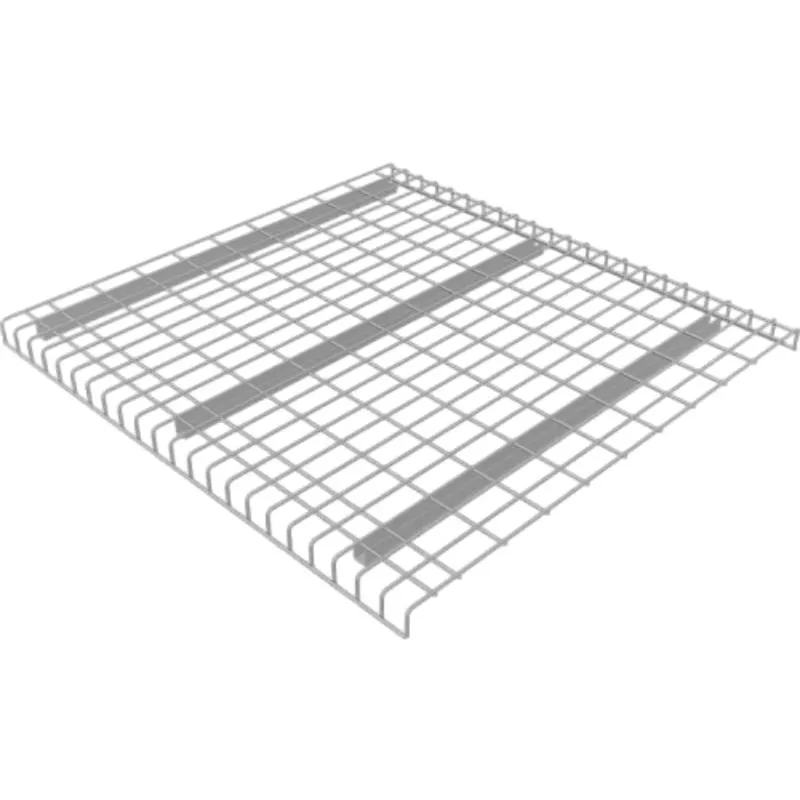installing metal lawn edging
Nov . 04, 2024 19:26
Installing Metal Lawn Edging A Step-by-Step Guide
Metal lawn edging is an excellent way to define your garden bed, create clean lines, and separate your lawn from flower beds, mulch, or other landscaping features. Unlike traditional wooden or plastic options, metal edging is durable, resistant to weather, and adds a modern touch to your garden. In this article, we will guide you through the steps to install metal lawn edging effectively.
Step 1 Plan Your Edging Layout
Before you begin installation, it’s essential to plan your layout. Decide where you want the edging to go and how it will complement the existing landscape. Use a garden hose or stakes and string to outline the desired shape. This will help you visualize the finished project and make adjustments if necessary.
Step 2 Gather Your Materials and Tools
For this project, you will need
- Metal edging strips (available in various heights and materials like aluminum or steel) - Spikes or stakes (usually provided with the edging) - A spade or shovel - A rubber mallet - A level - A measuring tape - Safety gloves - Protective eyewear
Step 3 Prepare the Area
Once you have outlined your layout, it’s time to prepare the area for installation. Use a shovel to dig a trench along the outlined path. The depth of the trench should be at least a few inches to ensure that the edging is installed securely. Clear the area of any grass, roots, or debris that could interfere with the placement of the edging.
installing metal lawn edging

Step 4 Install the Metal Edging
With the trench prepared, you can begin installing the metal edging. Start by placing the metal strip into the trench. It’s essential to make sure that it is positioned straight and at the desired depth. Ideally, the top edge of the metal should be level with or slightly above the soil line.
Use a rubber mallet to gently tap the edging into place. This will help secure it in the ground and prevent it from shifting over time. If your metal edging comes with spikes or stakes, drive them into the ground adjacent to the edging to provide additional stability. Be careful not to damage the metal during this process.
Step 5 Backfill the Trench
Once the metal edging is securely installed, you can backfill the trench with the soil you removed earlier. Pack the soil down firmly around the edges of the metal to secure it further. If desired, you can top off the area with mulch or decorative stones for an additional aesthetic touch.
Step 6 Final Touches
After backfilling, step back and review your work. Ensure that everything is level and looks as you envisioned. If there are any rough edges or uneven spots, make adjustments where necessary.
Conclusion
Installing metal lawn edging can enhance the beauty of your garden while providing functional benefits. With careful planning and execution, you can create a clean and attractive border that will last for years. Not only does metal edging add a polished look to your landscaping, but it also helps keep grass and weeds at bay, making garden maintenance simpler. Follow these steps, and you’ll enjoy an elegantly bordered landscape in no time!




















